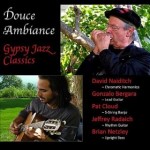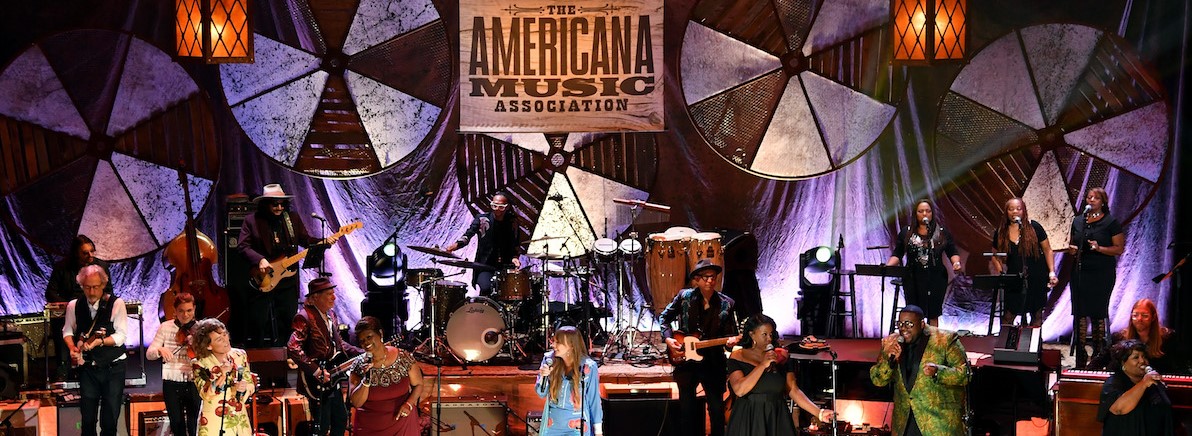
By Joe Ross
My first introduction to chromatic harmonica came as a young teenager in the 1960s when I picked up a Music Minus One LP called Blues and All That Jazz featuring world famous harmonica virtuoso Cham-Ber Huang from Shanghai and New York.
While many learn harmonica by ear, Mr. Huang’s material was bonafide instruction that brought me many hours of enjoyment as I learned about such techniques as closed and open tone colors, wah-wah effect, tremolo effect, breath control vibrato and blue tone slurs. The course then provided studies in folk blues, swing blues, progressive jazz blues, harmony progressions and exercises. Mr. Huang also wrote a complete two-volume method, “The Art of Playing Chromatic Harmonica,” and he developed an instrument called the “Chordomonica” which allowed melody and harmony to be played simultaneously. He worked on developing a concert harmonica with broader dynamic range, greater volume and resonance and a wider variety of tone colors.
As a teen, Los Angeles harmonicat David Naiditch first got involved with the instrument through the playing of legendary bluesman Sonny Terry. By the 1960s, Naiditch was teaching and performing throughout southern California. He’s clearly a guy who stuck with it, studied harmonica for decades, and developed his skill to a high degree of mastery. Naiditch now plays Seydel Saxony or Hohner CX-12 jazz models.
I first met Naiditch in a bluegrass festival jam session and thought, “Who is this guy who’s able to hit all the notes and nuances in intricate fiddle tunes?” Turns out Naiditch is well-known in the L.A. music scene, and he’s just as comfortable with blues, country, swing, and bluegrass as he is with gypsy jazz. His eclectic 2005 album with 36 tunes is calledHarmonica and Guitar Duets. His highly-acclaimed 2008 CD was High Desert Bluegrass Sessions, and in 2011 he put out a lively release called Bluegrass Harmonica.
When properly played, a fully chromatic instrument (capable of playing in all keys) produces a bouncy lilt that can handle even the most complicated melody and improvisations. With multi-tracking, twin harmonicas offer both melody and harmony to the opener “Tchavolo Swing,” written by Tchavolo Schmitt. Nine of the 15 tunes come from the repertoire of Django Reinhardt, and we also hear classics like George Gershwin’s “Oh, Lady Be Good” and Dorado Schmitt’s “Bossa Dorado.”
The project closes with “Gonzalo’s Castle,” penned by one of the other four fine musicians on this album – lead guitarist Gonzalo Bergara. We also hear the accomplished musicianship of Pat Cloud (5-string banjo), Jeffrey Radaich (rhythm guitar), and Brian Netzley (upright bass). Bergara, Radaich and Netzley are members of The Gonzalo Bergara Quartet.
Naidtich and company are clearly well versed in the standards of gypsy jazz, and they are all very proficient, both musically and technically. Naiditch phrases with great awareness and sensitivity in taste, and his articulation is remarkable. This is a pleasing instrumental album, with some instrumentation not commonly heard in the gypsy jazz context. It works!
